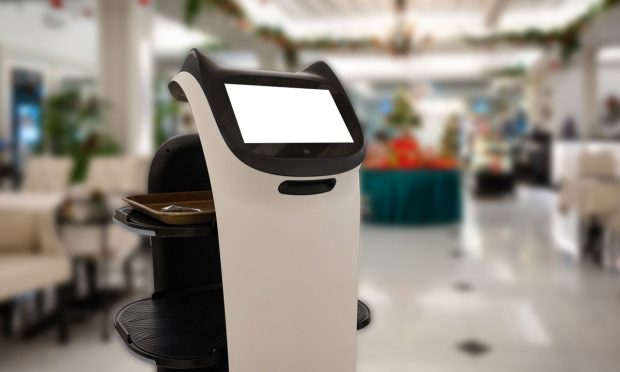Restaurants Seeking Fresh Ideas in Automation to Combat Inflation’s Bite

When inflation runs rampant, when input costs spiral out of control, no matter the business vertical, margins suffer.
And for restaurants, there is an inflationary one-two punch that’s been unavoidable.
Food prices are going up, which means that it’s ever more expensive to get the meals to the table, or to the doorstep, to the customer.
In addition, it’s more expensive to hire and keep workers who make it all possible, including line cooks, wait staff, delivery employees … well, you name it.
Restaurants large and small are turning to tech to do what they can to control the only variables they seemingly can control at this moment. That would be labor, of course.
By shaving at least some of the manual tasks inherent in doing everything from managing inventory to getting food into the hands of the folks who are going to eat it, these businesses operate more efficiently, which at least blunts the impact of inflation seen elsewhere in the business.
The impetus to do so is gaining intensity.
As reported by The Wall Street Journal on Monday (June 13), a number of the larger food suppliers are boosting their prices. And overall, per data from the Labor Department last week, prices are up 7.9% at restaurants.
We’’ll get a sense of wholesale inflation this week, but the Producer Price Index last month showed that in April, PPI for food was up more than 21% in April from a year ago. That has a ripple effect up and down supply chains. Passing along those higher costs becomes a delicate balancing act for eateries.
And as has been noted in these digital pages, raising prices has helped restaurants gain ground lost in the pandemic, as PYMNTS estimates that the group is only 1.3% below pre-pandemic levels.
In an interview with Karen Webster, Priority Technology Holdings CEO Tom Priore and Z’Tejas Southwestern Grill Director of IT Andrew Ritter noted that tech can play a strong role in helping improve a range of interactions. Paying at the table, for example, can improve turnover, and payments tech can improve interactions between buyers and suppliers.
And in evidence of what might be more fully on the horizon, Jake Brewer, chief strategy officer at food service industry Robots-as-a-Service company Miso Robotics, said robotic and automated kitchen functions (such as frying) and artificial intelligence (AI)-powered drive-thru voice ordering can help streamline order flow. He pointed to the emergence of “cobotics” — robots that are truly able to collaborate with humans on joint tasks — in the restaurant industry.
“I really think the brands will start to truly integrate some of these things where, as you order on, say, your mobile app, it’s flowing all the way from your phone to the restaurant point of sale straight to the robot,” he said, adding that “the restaurant might react to an order before the human labor in the restaurant actually understands what’s happening because it flows automatically.”
Those initiatives, far ranging and perhaps a bit far off, would be most welcome. Every little bit helps. PYMNTS found that roughly 46% of restaurants have less than a month’s worth of cash on hand.
